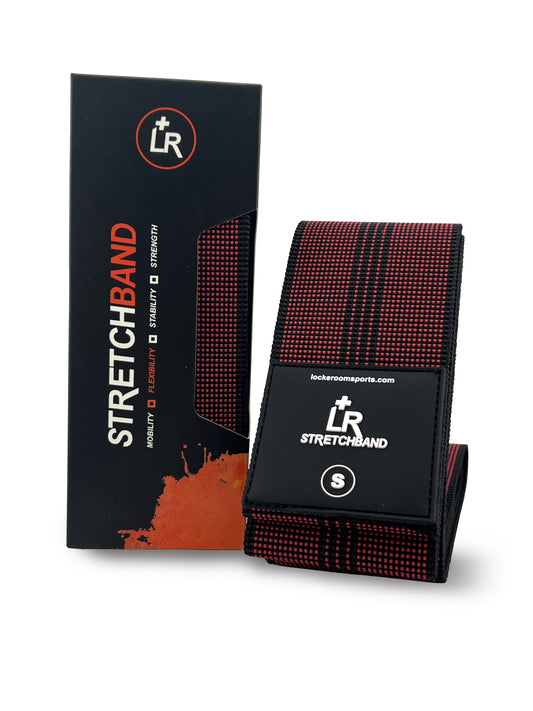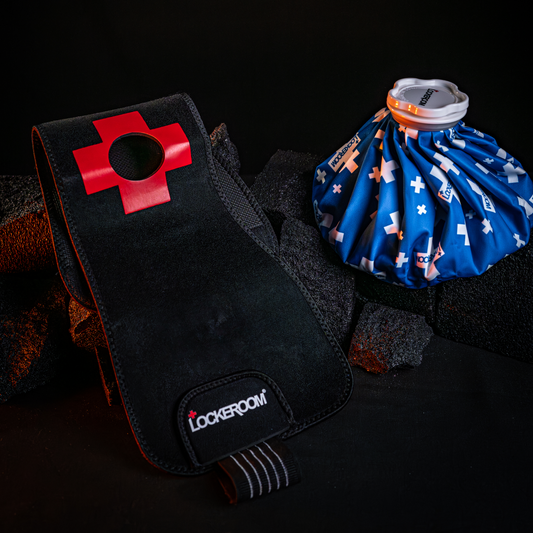News
Stop testing for a minute. Try Watching!

I recently spent a weekend at a product development bootcamp in Brisbane that brought together some of the sharpest minds in sports tech innovation in Australia.
They included not only Olympic Athletes, Sports Lawyers, Administrators, Academics and Technical experts, but a room full of passionate product designers.
The event was an opportunity for budding entrepreneurs and established businesses to pitch a technology product that they believed would impact the business of sport in some meaningful way.
Some were actually athletes, some were working in sport, some were looking for a way in, but all shared a common link, the desire to disrupt a current sporting status quo.
Many were creating physical products that shared one commonality.
Their primary purpose was to generate data.
That’s where they started to lose me.
Don’t get me wrong. There is definitely a place for data in evaluating the effectiveness of athletic programs.
It’s just that these days, with more and more of the focus and time of Sports Scientists, EP’s, S&C’s. Medical Staff and Coaches taken up with collection and reporting of data, you have to ask, who’s doing the practical stuff...like coaching skill?
When I returned to professional sport in 2016, I was more than a little apprehensive about the encroachment of sports science on my domain, sports medicine. I was concerned that with all the advances in technology since I last worked with an elite team, maybe I had been left behind.
I shouldn’t have worried!
I returned to a team plagued with LTI (Lost Time Injuries) and unrealized potential. Yet all the testing, measuring, inputting, outputting, collating, storing, sharing, and comparing of data that was insisted on, didn’t seem to be making one ounce of difference.
The cost of their injuries was still huge and they struggled to win games!
After 30 years working in Rugby as a Physiotherapist, I feel I have built a solid reputation for getting injured players back on the field. I am not a data man, I'm more concerned about process and appropriate progressions after injury, and in my opinion, todays constant search for answers in testing results is a distraction from the real LTI solution.
In my experience, the answer lies in a solid understanding of what is considered normal movement patterns (currently known as functional movement), and the key role that physical attributes (mobility, stability, flexibility and joint integrity) play in building and maintaining robust athletes.
I’m yet to see an athlete that doesn’t have room to improve their physical attributes, regardless of their level of participation or their sport.
Improvement in mobility, stability, flexibility and joint integrity will under pin the development of additional qualities of strength, power and speed as part of normal strength and conditioning programs.
If this approach seems simplistic, it's because it's supposed to be. Make no mistake, the answers lie in the athletes in your program, the program you develop and the coaching that delivers it.
If a program includes regular remedial work on, what I consider, essential physical components you've now got an athlete who is ready to take the field for exposure to sports specific conditioning and the development of sports specific skill i.e. coaching.
Good coaches know their team intimately (collectively and as individual athletes). They know their skill strengths and weakness (physical, emotionally, mentally), they know their physical breaking points. They know the physical toll of particular sessions, and understand that players will be tight or sore as a result of particular types of sessions.
I've never seen a rugby prop that doesn't have tight hips and lower back after packing 20+ live scrums in practice. I don't need data tell me this. Personal experience, keen observation at training, and understanding of the underlying physicality of the position are all I need.
Good coaches know when a player is lifting well in the gym and will coach technique if they are not. From team mobility and flexibility programs, they can identify who needs more work or who is struggling on a particular day or at a particular point in time. They can see what areas an individual needs to improve physically to improve athletically, and reduce potential injury risk.
Collecting data to confirm a team and/or a players exposure to distance, speed, accelerations and deceleration's is a fantastic way for coaches to reaffirm that the session performed was as they expected - skill level, exposure to distances, speeds etc.
Why is it then that so many skills coaches are not presented with, or assisted to understand the data at their disposal... who’s it being collected for?
Data still needs to be interpreted and acted on by someone who has the experience to ‘join the dots’ and prescribe appropriate solutions.
It seems to me that for all the tech innovation that’s happening in sport, and all the data that's being generated, there is still an expectation that ‘someone’ will know what to do with the information.
And therein lies the problem with todays obsession with technology and data.
With technology advances, collecting data is pretty easy these days. Recording it is time consuming. Collating it and producing reports keeps plenty of staff busy.
Actually using the data to measure program effectiveness…now we are talking!
I may be a Team Physiotherapist but the bulk of my work with our athletes sits inside the performance space of our athletic development program. My goal is to work more on improving physical attributes and reducing potential injury risk than I do on injury rehabilitation. My focus is on strategies that build resilience in athletes because experience tells me:
- You don’t win games with injured players
- Focusing on injury prevention can be counter productive to improving athletic performance.
Others concur. I'm an avid reader of Vernon Gambetta's Functional Path Training Blog
There will always be unavoidable injuries that require medical intervention. It’s the ‘avoidable’ injuries that I’m interested in.
...and so I continue to insist that ‘targeted’ remedial primers (rolling, triggering, neural and muscular stretching) are included as a non-negotiable component of our athlete development program. We use mobility and joint integrity programs to compliment these primers.
Add specific strength, power and speed programs that are directly related to your sport, and your athletes will start to impress.
In my opinion, general preparation remedial programs that are done without understanding or specific purpose, border on being a waste of time. All session preparation need to be targeted:
(i) as recovery from the previous training session performed
(ii) in anticipation of the stresses to be created by the next session being undertaken
(iii) as part of a progressive program directly related to the sport you are involved in and the potential individual physical exposures created by that sport.
Our goal is to build robust athletes that can withstand the physical stresses of their playing position and programs reflect this. The stresses placed on the body of a front row rugby ‘prop’ are different to those of a ‘back’ so we never take a one size fits all approach.
My immediate professional challenge is to reduce our LTI and ensure, with other members of medical, Strength and Conditioning and Skills coaching teams, that all players are available for selection at any given time in the season.
The irony of the situation is that it’s DATA that will ultimately validate this approach to injury prevention.
I’m ok with that.
Program validation is where data actually is invaluable.


















 Designed in Australia
Designed in Australia